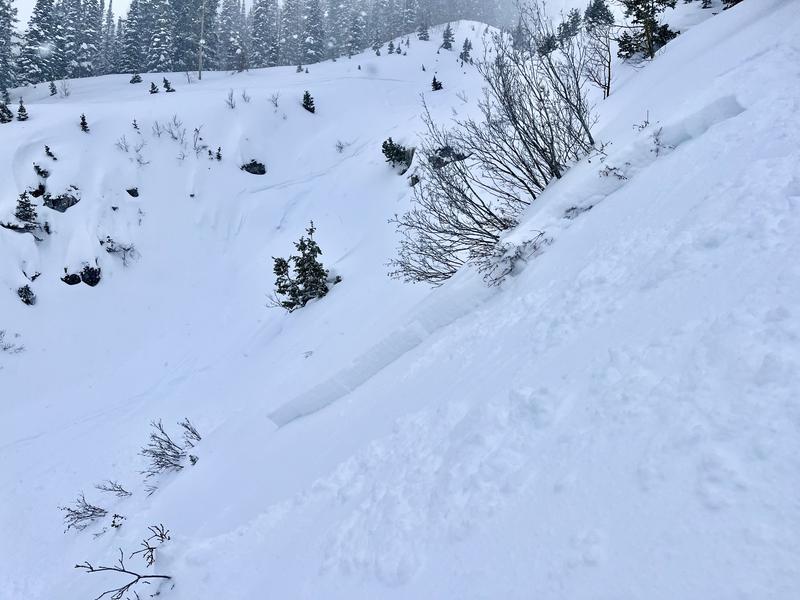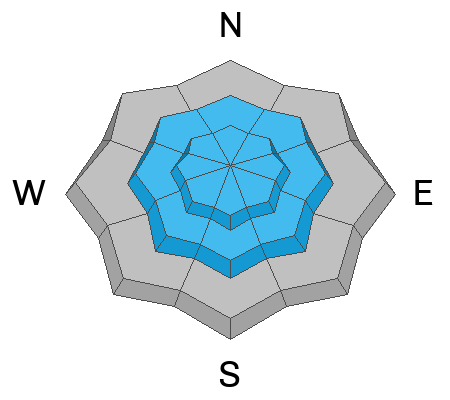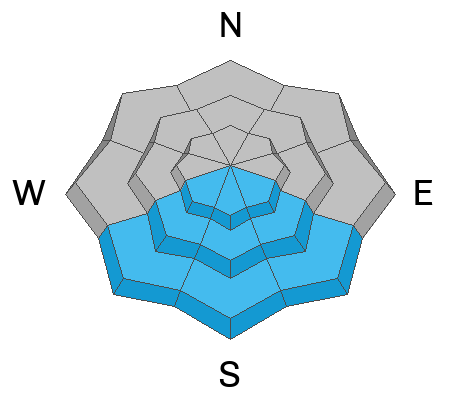Forecast for the Salt Lake Area Mountains

Issued by Nikki Champion on
Saturday morning, February 17, 2024
Saturday morning, February 17, 2024
The avalanche danger is CONSIDERABLE on slopes facing west through north through east across the upper elevations, where moderate to strong winds have created sensitive slabs of wind-drifted snow, and it remains possible to trigger a hard slab avalanche breaking 4-6 feet deep on a deeply buried persistent weak layer of faceted snow. The mid-elevation slopes that received generally less wind and snow have a MODERATE danger.
The danger will rise to MODERATE on the solar slopes as the new snow heats up. Remember, even "smaller" slides can be dangerous in high-consequence terrain. Rollerballs are the first sign that the snow surface is becoming wet, and it might be time to switch aspects.
Careful snowpack evaluation, cautious route-finding, and conservative decision-making will be essential today.

Low
Moderate
Considerable
High
Extreme
Learn how to read the forecast here










